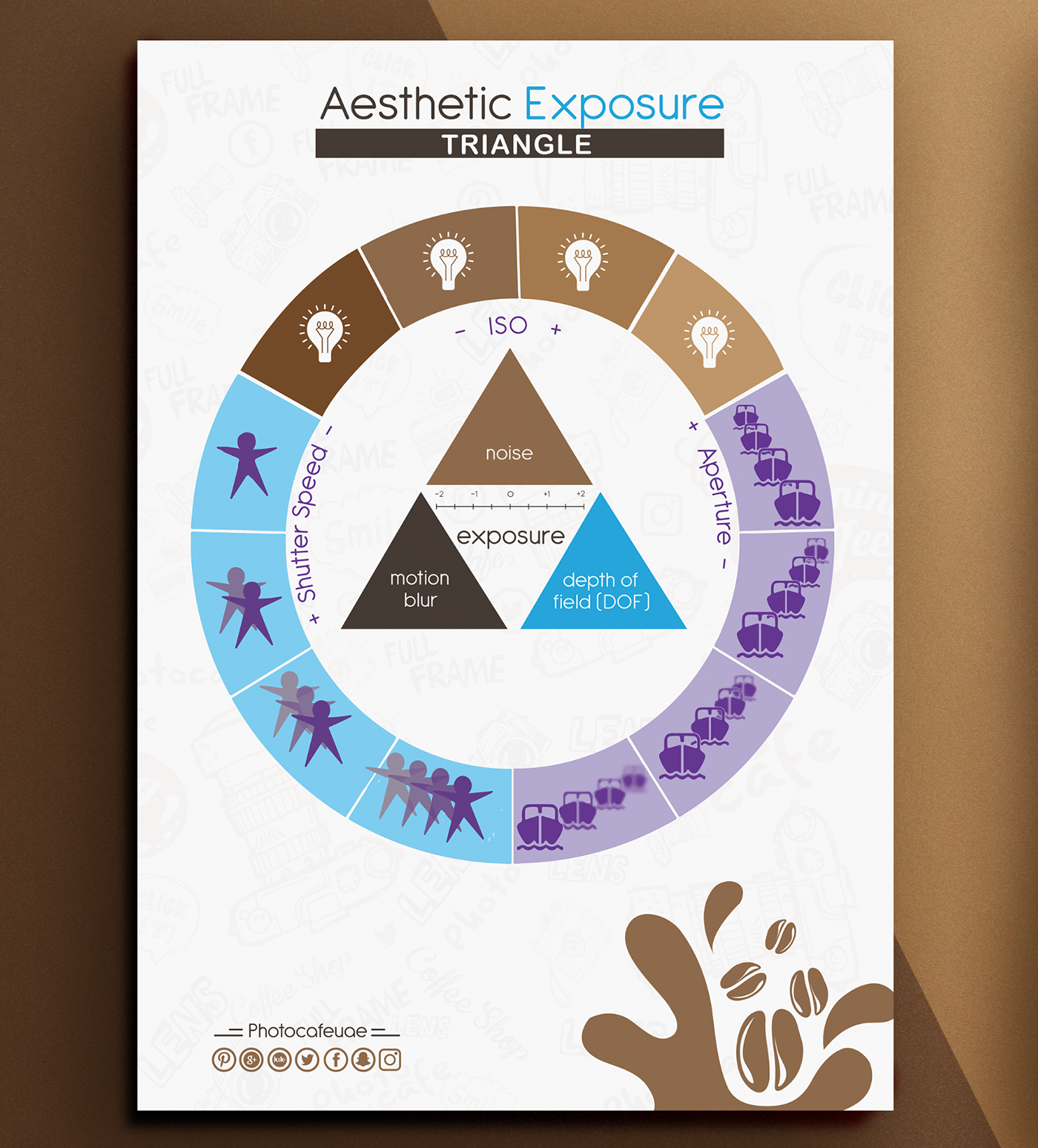Professional Photographers Often Overlook Crucial Fundamentals That Can Impede Their Growth; Discover Essential Suggestions To Raise Your Abilities And Avoid Usual Mistakes
Professional Photographers Often Overlook Crucial Fundamentals That Can Impede Their Growth; Discover Essential Suggestions To Raise Your Abilities And Avoid Usual Mistakes
Blog Article
Short Article Created By-Hay Barr
As a brand-new photographer, it's simple to get caught up in the appeal of premium gear and forget the fundamentals that truly boost your craft. You could find yourself discouraged when your photos do not mirror the vision you had in mind. Usual errors, like disregarding lights fundamentals or ignoring composition principles, can hold you back greater than you recognize. But comprehending these mistakes can change your strategy. Let's check out these blunders and how you can sidestep them to improve your photography trip.
Disregarding Lights Principles
Overlooking illumination basics is among the most significant missteps new photographers make. You might think that capturing a fantastic photo is all about your video camera settings or the most up to date gear, but the truth is, lighting is essential. Proper illumination can raise your pictures from mundane to stunning, and recognizing it can conserve you from plenty of missed possibilities.
Initially, pay attention to all-natural light. The golden hours-- quickly after dawn and before sunset-- offer soft, complementary light that boosts your subject. Avoid harsh midday sunlight, which can cast uncomplimentary shadows. If you're firing inside your home, place your topic near windows to capitalize on diffused light.
Next, find out to manipulate artificial illumination. Trying out various sources, like lamps or outside flash. Use reflectors to jump light back onto your topic for a softer result. Don't forget that shadows can add depth; accept them as opposed to shying away.
Finally, practice adjusting your cam setups according to the illumination problems. Understand just how shutter rate, aperture, and ISO work together to attain the desired direct exposure.
Overemphasizing Devices
Numerous new photographers come under the trap of thinking that having the most up to date and biggest gear will immediately improve their digital photography. While it's alluring to think that a higher-end video camera or a fancy lens will certainly elevate your job, the truth is that it's not practically the equipment you use.
Your abilities, creative thinking, and understanding of photography play a much larger function in generating magnificent images. Investing in excellent equipment can be useful, but it shouldn't be your primary emphasis. Instead, focus on understanding the basics-- light, composition, and narration.
You can take awesome photos with a basic camera if you recognize just how to use it successfully. Often, it's the professional photographer's vision, not the equipment, that makes the distinction.
In helpful resources , overstating devices can cause stress and burnout. You could find yourself frequently chasing the next item of gear instead of refining your craft.
Neglecting Structure Concepts
When you get your video camera, it's very easy to focus solely on the subject, yet overlooking composition concepts can bring about uninspired images. Composition is the foundation of digital photography; it guides the audience's eye and creates a visual story. If you ignore it, your sensational subject might get lost in a chaotic framework.
Begin by using the regulation of thirds. Picture your structure divided into 9 equivalent components by two straight and 2 upright lines. Setting crucial elements along these lines or at their crossways for a well balanced and interesting shot.
In addition, consider leading lines. Usage natural lines in your scene to draw the viewer's eye towards the topic.
Don't ignore framing. Usage bordering elements to produce a "frame within a structure." This technique can add depth and emphasis to your topic.
Lastly, focus on adverse room. In some cases, less is a lot more. Enabling void can improve your centerpiece and produce an extra effective photo.
Conclusion
In conclusion, by avoiding these usual risks, you can elevate your digital photography abilities considerably. go source on understanding lights, composition, and exposure instead of obtaining lost in costly gear. Don't undervalue the power of post-processing, either-- it can genuinely change your images. Remember to pick the correct time of day for capturing, as lighting plays an important duty in your results. Accept these tips, and view your photography prosper!
